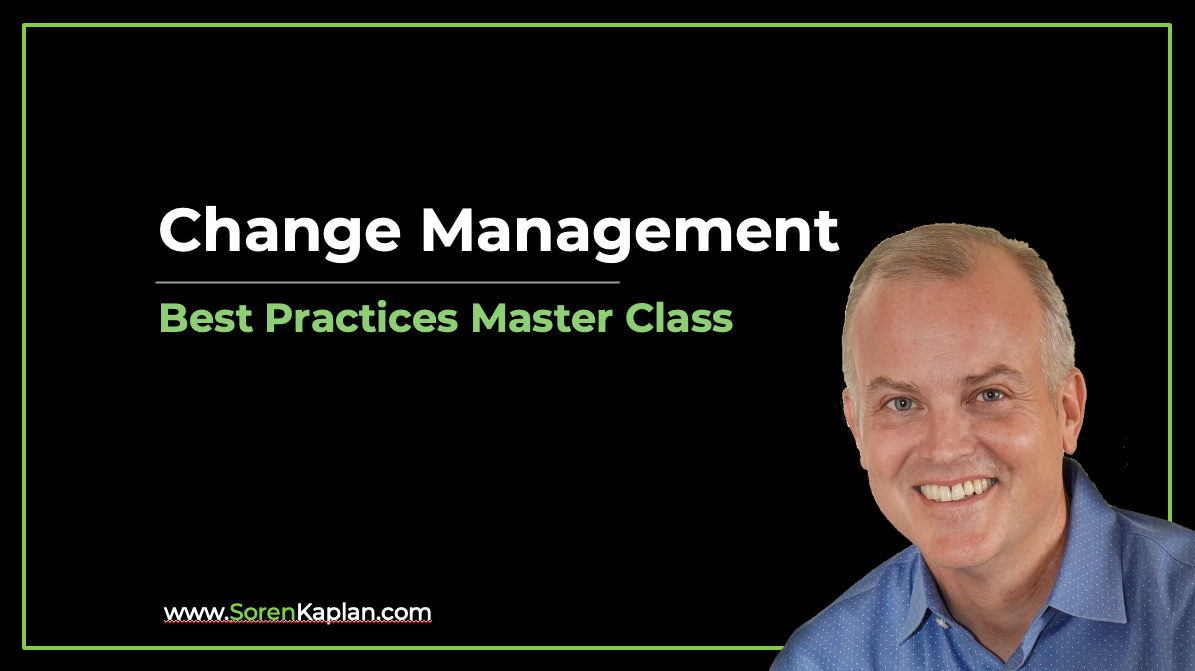What is the EASIER Change Model?

The EASIER Change Model provides a structured checklist to ensure successful organizational change. The acronym EASIER stands for Envision, Activate, Support, Implement, Ensure, and Recognize. This model helps organizations define a clear vision, communicate roles, provide ongoing support, implement structured changes, reinforce new behaviors, and recognize contributions.
Many organizations struggle with failed change initiatives due to a lack of clear direction, inadequate support, and resistance from employees. The EASIER model addresses these challenges by offering a step-by-step approach that ensures alignment, engagement, and sustainability.
By following these structured steps, companies can reduce resistance, foster engagement, and create lasting change. Whether an organization is implementing new technology, restructuring operations, or transforming company culture, the EASIER model provides a clear roadmap for successful change adoption.
EASIER Change Model in Organizational Transformation
The EASIER Change Model provides a structured and strategic approach to change management. It helps organizations:
- Create a Clear Vision – Define why change is necessary and align stakeholders.
- Engage Employees Early – Communicate expectations and assign roles effectively.
- Provide Support Throughout the Process – Equip employees with resources, training, and coaching.
- Implement Changes with a Structured Approach – Execute changes efficiently to ensure minimal disruption.
- Reinforce and Sustain Change – Ensure that the new way of working becomes embedded in the organization.
- Recognize Contributions and Successes – Motivate employees by acknowledging their efforts.
By integrating this model into their change management strategies, organizations can increase adoption, reduce failure rates, and ensure long-term success.
Getting Started with the EASIER Change Model
Applying the EASIER Model effectively requires a structured approach. Below is a step-by-step guide to help organizations implement this framework successfully.
-
Envision a Clear and Compelling Change Strategy
Organizations must first define the vision and objectives of the change. To build a strong foundation:
- Identify the key drivers of change and the expected business impact.
- Align leadership on the vision and strategic direction.
- Develop a compelling change narrative that resonates with employees.
- Clearly communicate the purpose and long-term benefits of the change.
-
Activate Leadership and Stakeholder Engagement
Successful change requires active leadership and engaged stakeholders. Organizations can:
- Assign change sponsors and champions to advocate for the initiative.
- Establish clear roles and responsibilities for leaders and managers.
- Provide leadership training to equip executives with change management skills.
- Facilitate open discussions to address stakeholder concerns and expectations.
-
Support Employees with Training and Resources
Ensuring employees have the right support and tools is crucial. To build a solid support system:
- Offer structured training programs tailored to different employee roles.
- Provide accessible resources, such as FAQs, toolkits, and coaching sessions.
- Create peer mentoring and support groups to foster collaboration.
- Address employee concerns proactively through feedback mechanisms.
-
Implement Change Through Structured Execution
A well-structured implementation process is key to reducing disruption. Organizations should:
- Roll out change initiatives in manageable phases for smoother adoption.
- Establish clear performance indicators to track progress.
- Continuously monitor challenges and make adjustments based on real-time feedback.
- Maintain open communication channels to ensure alignment and transparency.
-
Ensure Reinforcement and Continuous Improvement
To sustain long-term change, organizations need reinforcement mechanisms. This involves:
- Embedding new processes into company policies and workflows.
- Monitoring employee adoption and addressing gaps through follow-ups.
- Encouraging leaders to model and reinforce the desired behaviors.
- Conducting periodic reviews to evaluate effectiveness and make improvements.
-
Recognize and Celebrate Change Successes
Recognition helps maintain momentum and engagement. To reinforce positive behaviors:
- Publicly acknowledge individuals and teams that contribute to change success.
- Provide rewards or incentives for employees who actively support change efforts.
- Share success stories to inspire and encourage broader adoption.
- Cultivate a culture of continuous improvement by encouraging ongoing feedback.
Lead Successful Change Management Projects!

Project Recommendations for Success
Lack of Leadership Support
Ensure leadership actively drives and supports the change process.
- Provide executive training on change leadership.
- Assign sponsors and champions to advocate for the change.
- Hold leadership accountable for engagement and participation.
Employee Resistance to Change
Address resistance through effective communication and engagement strategies.
- Conduct open forums to allow employees to express concerns.
- Offer ongoing support through coaching and mentorship programs.
- Provide clear, transparent messaging about the benefits of the change.
Insufficient Training and Resources
Equip employees with the necessary skills and tools to adopt the change.
- Develop customized training modules tailored to different roles.
- Create an accessible knowledge base with learning resources.
- Ensure employees receive hands-on experience before full implementation.
Failure to Sustain Change
Reinforce change through continuous engagement and leadership support.
- Implement regular check-ins and performance evaluations.
- Recognize early adopters and encourage peer influence.
- Integrate change initiatives into ongoing business processes.
Complementary Tools & Templates for Success
- Change Readiness Assessment – Evaluates organizational preparedness for transformation.
- Stakeholder Engagement Plan – Helps organizations align key stakeholders.
- Training & Development Framework – Ensures employees have the necessary skills for change.
- Recognition & Rewards Strategy – Encourages sustained engagement and motivation.
Conclusion
The EASIER Change Model provides organizations with a structured approach to successfully managing change by focusing on vision, engagement, support, structured implementation, reinforcement, and recognition. By following this framework, businesses can reduce resistance, improve adoption rates, and create lasting transformation.
Without a clear and structured approach, organizations risk uncertainty, misalignment, and unsuccessful adoption of change initiatives. The EASIER model ensures that change efforts are well-planned, effectively communicated, and sustained over time.
By integrating this model into their change management strategies, organizations can foster a culture of adaptability, continuous improvement, and innovation. Those that apply the EASIER framework will be better positioned for long-term success, resilience, and operational excellence in an ever-evolving business landscape.
Lead Successful Change Management Projects!
